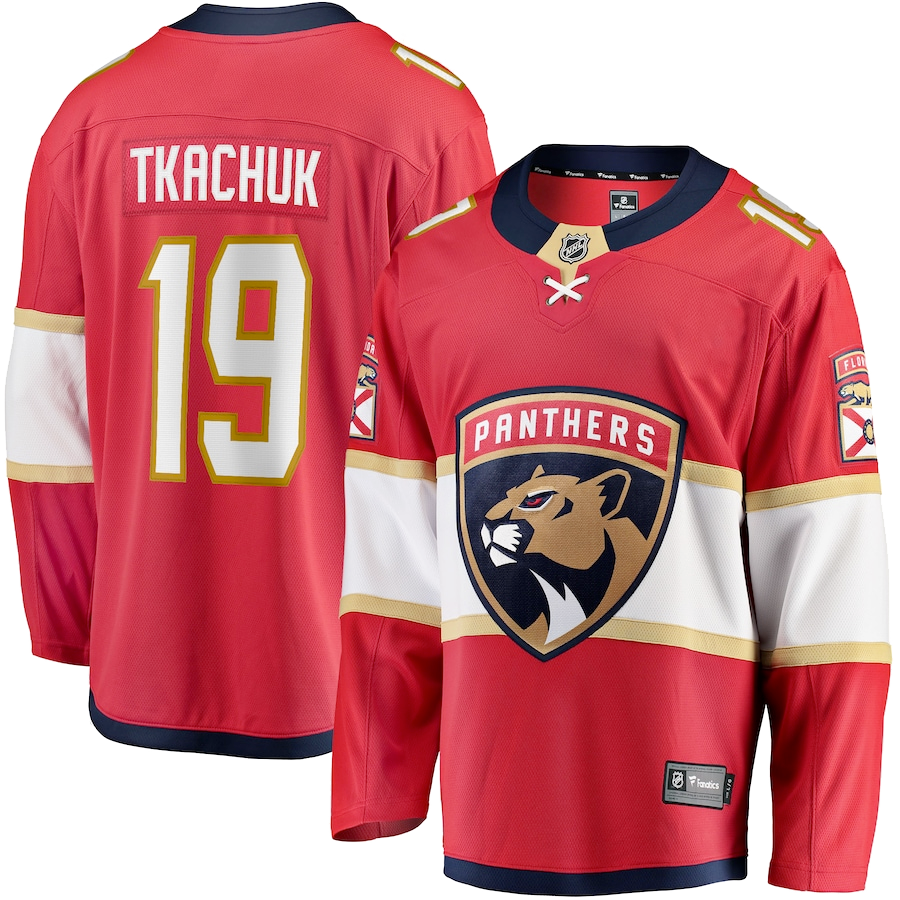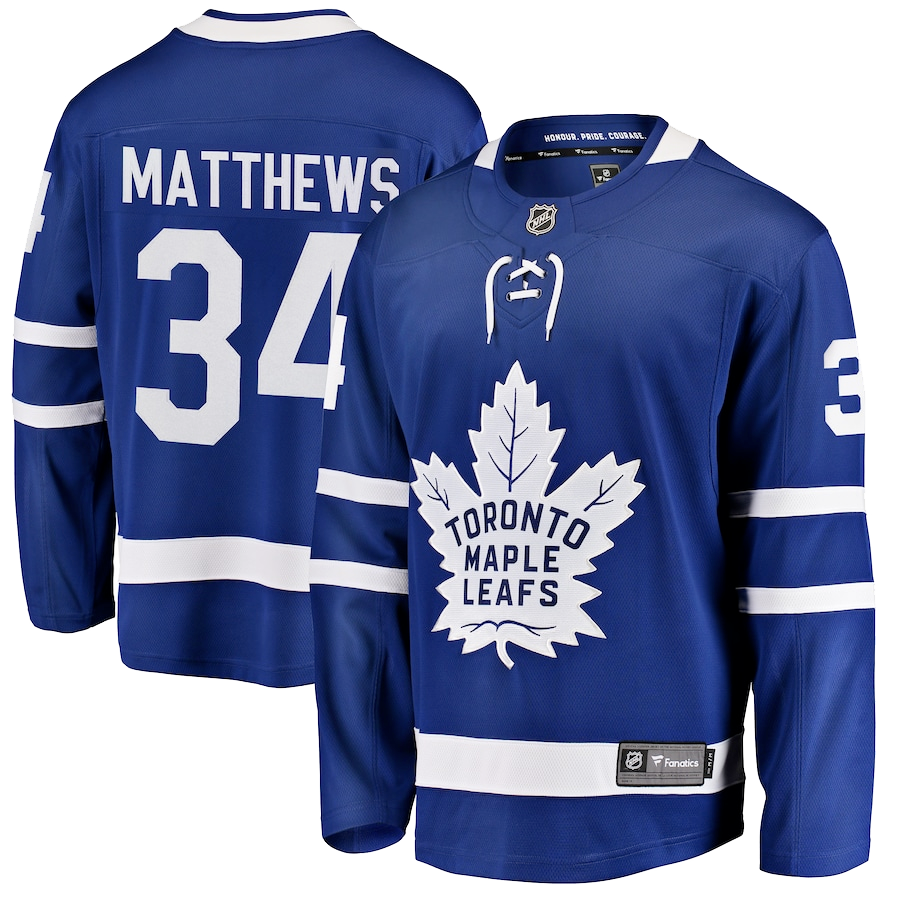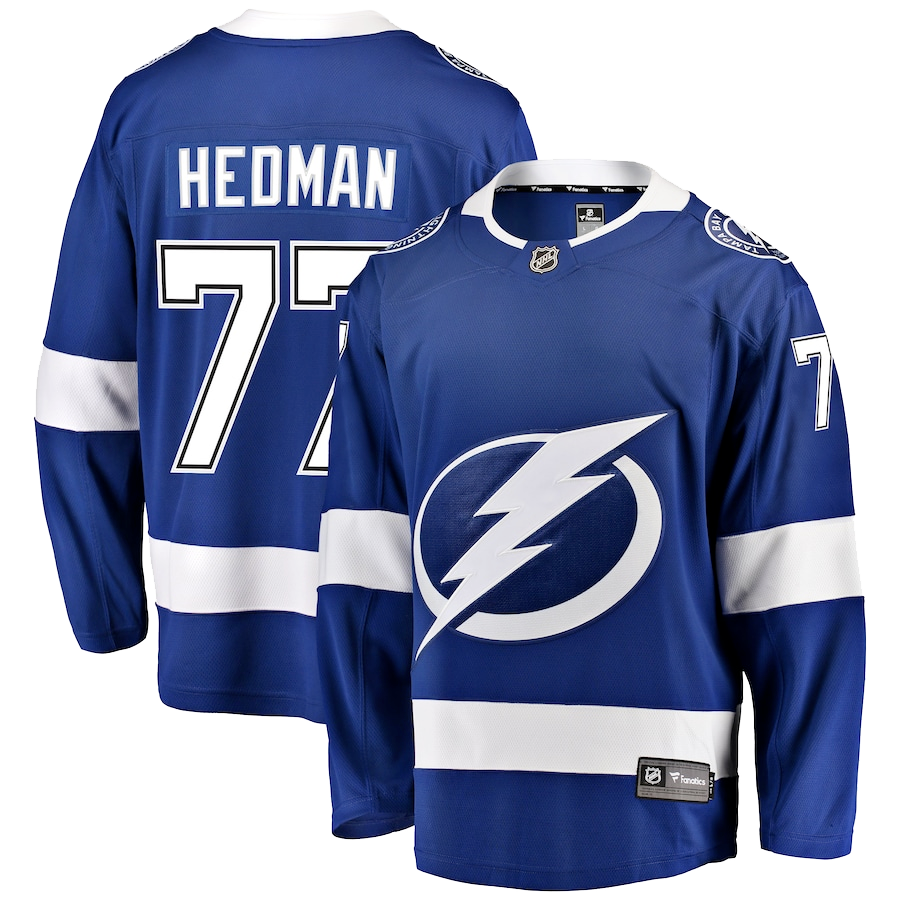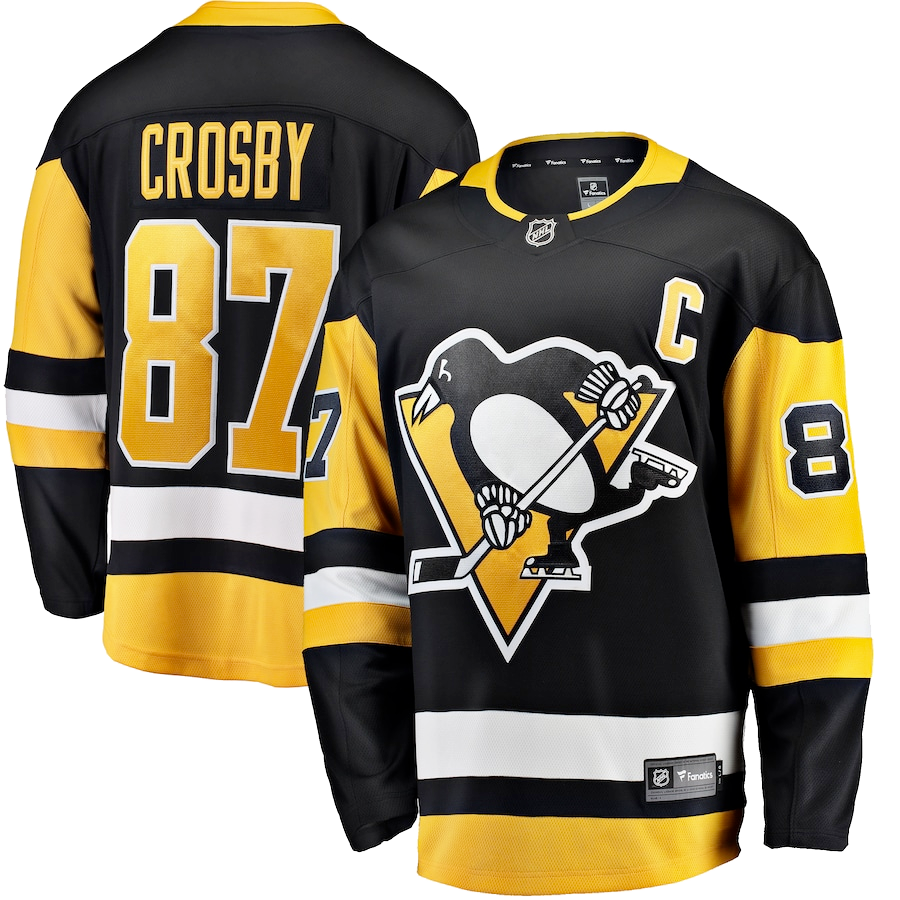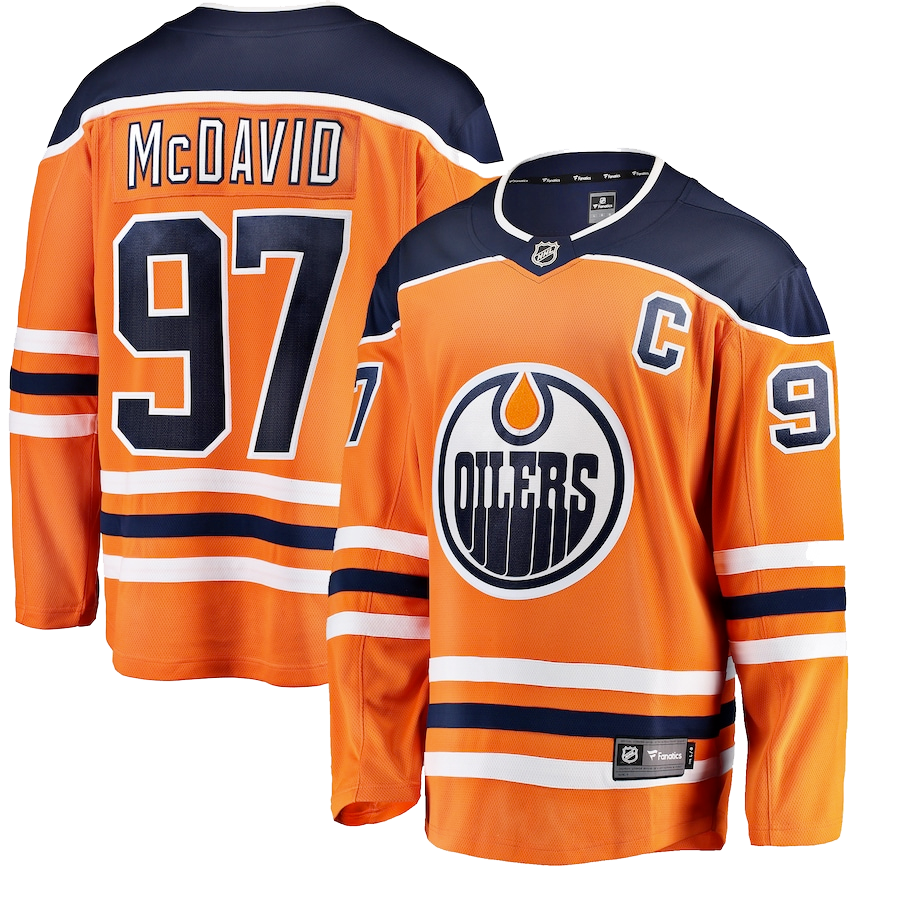The storylines coming in were simple: the Ducks needed to contain McDavid, and they had just the guy to do it—Ryan Kesler. The Ducks needed to get their defense mobile again, and they had just the right guy returning—Fowler. And the Oilers needed their secret weapon, the guy who gets lost in the shuffle of the McDavids, Eberles, and Nugent-Hopkins’s, to outperform—Leon Draisaitl.
If all of that could happen, then these guys might have a series on their hands. And what a series it might be—fast, loaded with action and shots, resplendent of great goaltending.
The first game wasn’t much of that. The first period was more timid than torrid. The second was more of the same, though at least each team scored a goal. But the end-of-period score of one apiece was only matched by the shots that each team had recorded: 20. Now, that’s not counting two key crossbars hit—one for each team, plus a post for the Ducks.
But to this point, well, call it a feeling-out process. The coaches were doing their thing, matching lines exactly the way that they, and the pundits, had said they would. McDavid was never out without Kesler on his tail. Getzlaf’s line (he, Eaves, and Ritchie) were not on the ice except that Letestu, Kassian, and Caggiula were.
Corey Perry, who seemed in the Calgary series to have come alive some (three points in the four games), was largely invisible, though he was chippy and choppy early, albeit without drawing a penalty. His production for the night amounted to two shots and two hits in about 14 minutes of ice time.
And both goalies, though not sorely tested, were good as they needed to be. The one spectacular save of the early going was Hampus Lindholm leaning full-body into a slapshot aimed towards the long side. Cam Talbot flashed the glove while doing a near-splits to get the puck. Gibson, in fact, had made a spectacular stop of his own in the first couple of minutes of the game. It was a high tip by Kassian off a shot by Caggiula that Gibson was forced to make a high shoulder save on. He would later take one off the head—on purpose—to keep the puck out of the net.
If you had any wonder about Fowler, coming off a knee injury that kept him out of the first series and off the ice for about three weeks altogether, here are two pieces of evidence for you: early in the second period, he played a power play shift of more than a minute, and looked just fine doing it. And he laced a slapshot at Cam Talbot at one point that had him leaning full bore on his knee—none the worse for wear.
The difference between these teams is less than perhaps Ducks’ fans would have hoped. The Anaheim team could contain the Oilers young speedsters, but they were not able to generate a lot themselves. Mostly, the Oilers disrupted the Ducks’ passing game.
Youthful mistakes were few (though to be fair, the local press this week pointed out that the Edmonton team is not as young as they seem to be given that their captain is just 20). Perhaps you saw it most in a couple of cases: in period two, the Oilers had three guys who could have turned into the zone after an Anaheim turnover. Only one guy saw it and went to the net with the puck, getting stopped on the way. And early on, the Ducks managed to rattle the Oilers’ resident hotheads, Nurse and Draisaitl, the latter of whom took the Edmonton team’s first penalty, negating a power play that his team was on due to a Kesler trip.
In period three, the Ducks made a dumb mistake of their own, or at least, saw the excitement of youth cost them a goal that would turn the tide, lead to another, and almost lose them the game (which, as you likely know, they lost anyway). It went something like this: Josh Manson rushed to the net, got trapped in a tangle of players, and found himself caught up ice. Because of that, Silfverberg had to play defense, and in doing that, he got himself tied up with McDavid, who was heading the other way with the puck. That cost a penalty, and it was soon turned into a goal by the Oilers.
They got another one right after, not a great goal, when Gibson let an Adam Larsson wrist shot get past him.
But the Ducks came back fast, their speed finally being let loose. First Eaves poked in a rebound off a slapshot. Then Silfverberg scored as he and his linemates took off from the Ducks’ zone and sped into the Edmonton end. There was a shot, a rebound, a chip shot by the Swede, and the goal. Carlyle of the Ducks later said he thought the puck had been picked out of the air.
Great. A tie, ten minutes to go. The Ducks had taken over.
Not so fast. They let Larsson go, somehow allowing him past two guys and into their zone. He went to go around the net, threw it to the front instead, and scored when it bounced in off Manson’s skate. Suddenly, “all the momentum,” which had been in favor of Anaheim, was gone. They Oilers added an empty net goal shortly before the end of regulation to make it 5-3.
Carlyle tried to spin it well afterwards, saying that this was just one game, that they weren’t going to continue their record streak. (The team hasn’t lost a game in regulation since mid-March, starting the night when they celebrated the tenth anniversary of their Cup win.) But in the end, it was their failure to use the maturity which puts them ahead of Edmonton emotionally that cost them the win. Translated into sport-specific language: the Ducks played weak defense, let their defensemen play too much offense without a backup plan, and didn’t use their speed from the forward lines. This is how you lose playoff hockey games.
They have to do better on Friday night, or it’s trouble.
Note
Kevin Bieksa left the game with a lower-body injury. He came back briefly but was gone again. His total time on ice? Seven minutes. He’ll be evaluated Thursday.



